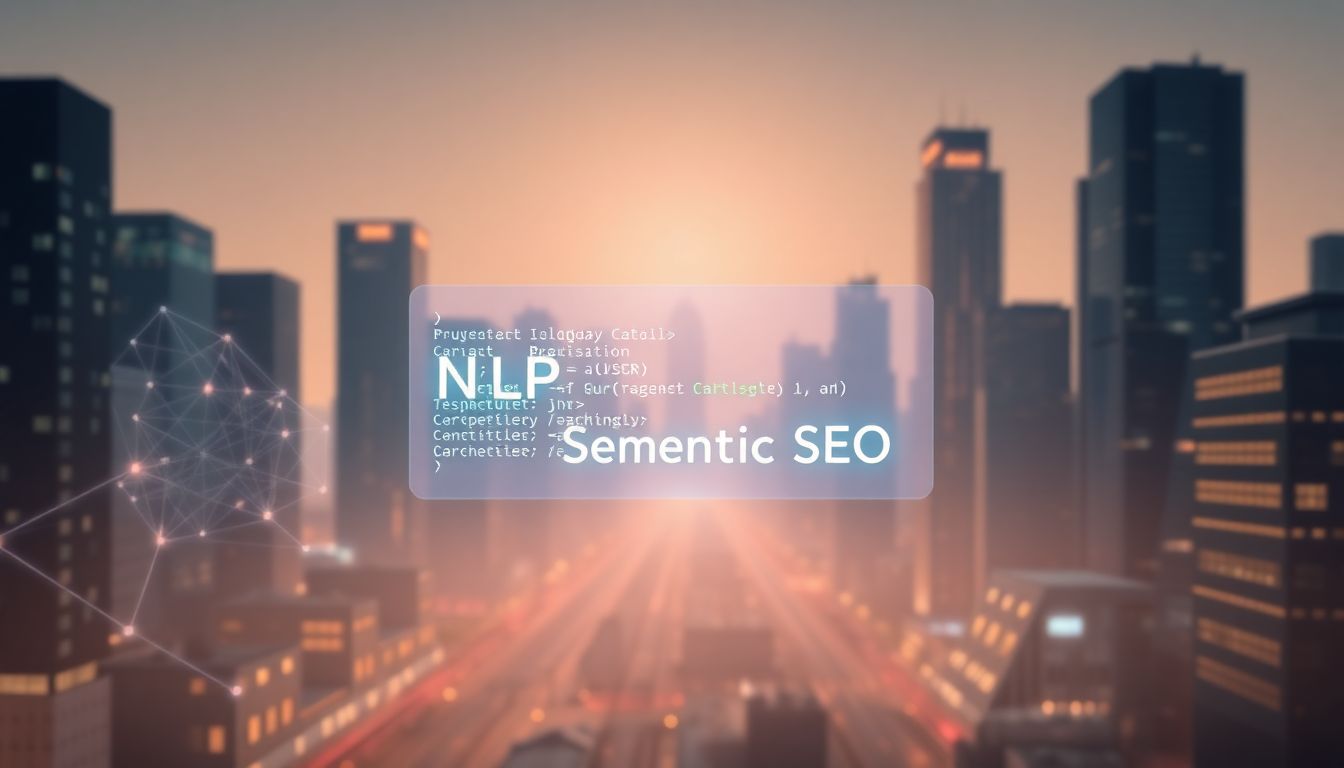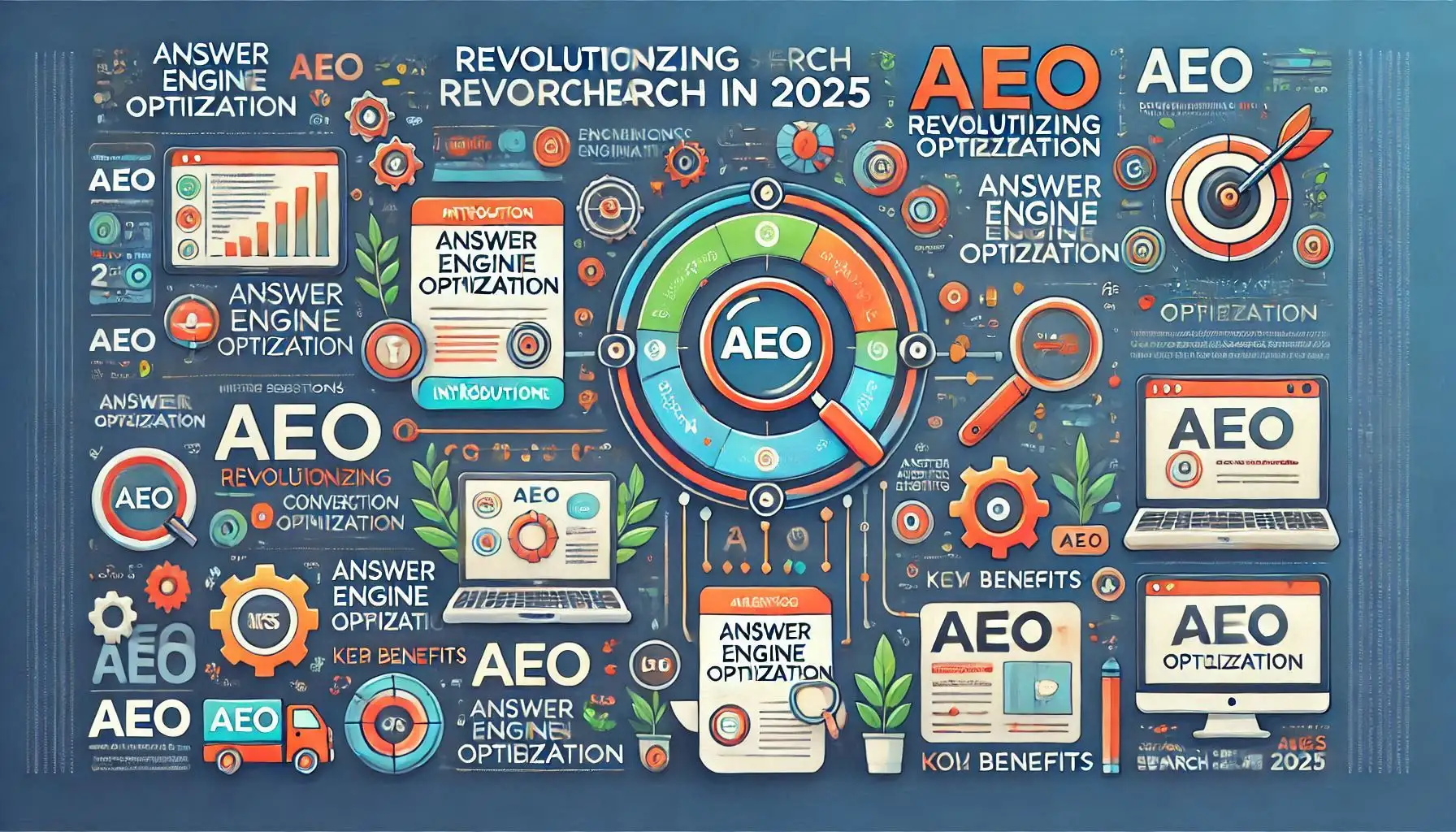The way people search online is changing fast. In fact, studies show that over 70% of search queries are now semantic, meaning users want relevant answers, not just keywords. As businesses adapt to this shift, knowing how to incorporate semantic SEO into your strategy is essential. This is where Python comes in as a powerful tool for natural language processing (NLP).
The transition from traditional keyword-based SEO to semantic SEO is evident. Search engines now understand context and user intent better than ever. Python plays a significant role in using NLP techniques to build more effective SEO strategies.
Setting Up Your Python NLP Environment
Installing Necessary Libraries
To get started, you need to install some powerful Python libraries for NLP. The most popular ones are NLTK and spaCy. Here’s how to install them:
pip install nltk
pip install spacy
These libraries provide various functions to help you process and analyze text effectively.
Choosing the Right Library for Your Needs
When picking between NLTK and spaCy, consider the following:
- NLTK: Offers a comprehensive suite of tools but can be slower and more complex.
- spaCy: Provides faster performance and is user-friendly, making it ideal for larger projects.
Data Acquisition and Preprocessing
Before diving into analysis, gather and clean your text data. Here are some methods:
- Web Scraping: Use libraries like BeautifulSoup to extract content from websites.
- API Integration: Get data from platforms like Twitter or Google News.
Leveraging NLP for Keyword Research and Analysis
Beyond Keywords: Understanding User Intent
NLP helps you discover the intent behind search queries. For instance, a query like “best smartphone” indicates users want reviews and comparisons. Understanding these nuances can guide your content creation.
Topic Modeling and Keyword Discovery
Use Python’s NLP capabilities to extract relevant topics and keywords from large text datasets. Here’s a quick example using the gensim library:
from gensim import corpora, models
texts = [["smartphone", "review"], ["best", "phone", "2025"]]
dictionary = corpora.Dictionary(texts)
corpus = [dictionary.doc2bow(text) for text in texts]
lda_model = models.LdaModel(corpus, num_topics=2)
This code helps find themes within your text.
Competitor Analysis with NLP
Analyze competitor content to spot semantic gaps. Tools like Scrapy can scrape competitor sites, allowing you to compare and improve your content. Look for topics they cover and identify areas where you can provide more depth.
Semantic SEO Optimization: Python’s Role
Optimizing Content for Search Engines
Use NLP to create semantically rich content. Keywords should flow naturally within informative and engaging text that resonates with readers.
Analyzing Content for Semantic Gaps
Identifying areas lacking in semantic richness can enhance your content. You can use the following approach with spaCy:
import spacy
nlp = spacy.load("en_core_web_sm")
doc = nlp("Your content goes here")
for word in doc:
print(word.text, word.dep_)
This snippet helps analyze word relationships and improve content structure.
Automating On-Page Optimization
Automation simplifies many SEO tasks. For example, you can create a Python script to generate optimized meta descriptions:
import random
keywords = ["best smartphone", "top phone reviews", "smartphone features"]
meta_description = f"Discover the {random.choice(keywords)} in 2025."
print(meta_description)
This script generates varied meta descriptions for consistent optimization.
Advanced NLP Techniques for Semantic SEO
Sentiment Analysis and Brand Monitoring
NLP can also analyze user sentiment towards your brand. Using the TextBlob library, you can determine if feedback is positive or negative:
from textblob import TextBlob
feedback = "I love my new smartphone!"
blob = TextBlob(feedback)
print(blob.sentiment)
Named Entity Recognition (NER) and Entity Linking
NER helps understand keyword context. For example, if “Apple” appears, NER identifies it as a brand, enhancing associated content. Here’s a simple NER example using spaCy:
doc = nlp("Apple released a new iPhone.")
for ent in doc.ents:
print(ent.text, ent.label_)
Question Answering and Conversational SEO
Enhance user engagement through a question-answering system using Python. This can include building a small chatbot using libraries like Rasa or Dialogflow.
Measuring the Impact of Semantic SEO
Tracking Relevant Metrics
To measure your semantic SEO success, consider these metrics:
- Organic traffic
- Keyword rankings
- User engagement rates
A/B Testing Semantic SEO Strategies
Conduct A/B tests by comparing different content versions. This way, you can see what resonates best with your audience.
Iterative Improvement and Adaptation
SEO isn’t a one-time task. Regularly monitor your performance and adjust strategies based on insights. For example, if a specific keyword drives traffic, refine and expand on that topic further.
Conclusion: Embracing the Future of SEO with Python
By leveraging Python for NLP and semantic SEO, you can create more effective strategies that align with the future of search. The integration of NLP will not only enhance your content but ensure it resonates with the intent of users. Explore these techniques and stay ahead in the evolving SEO landscape.



